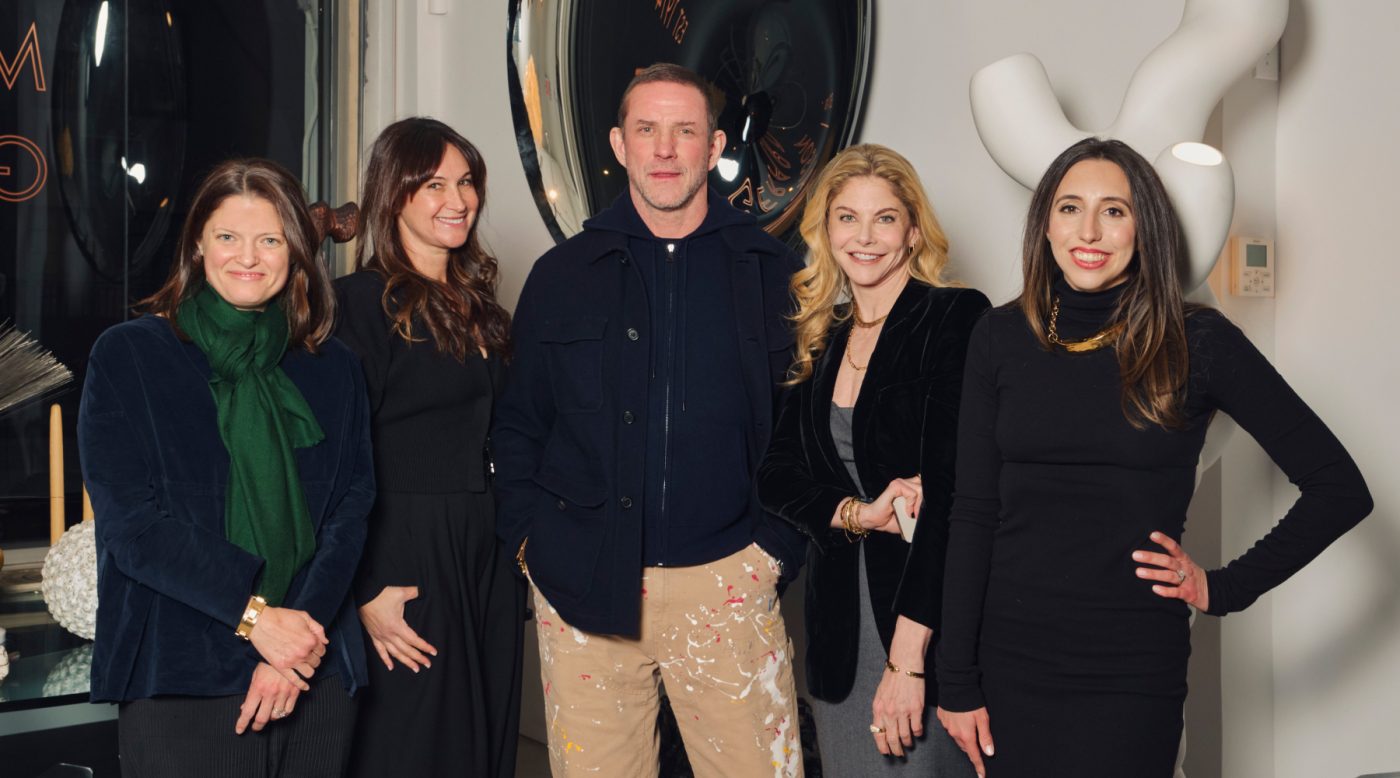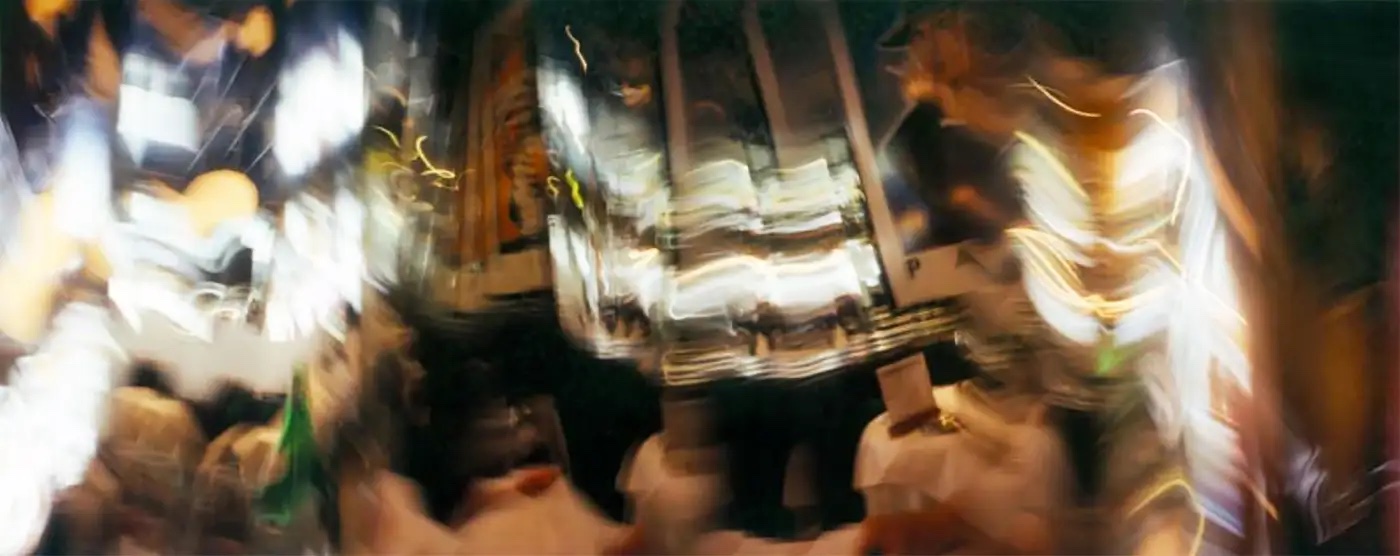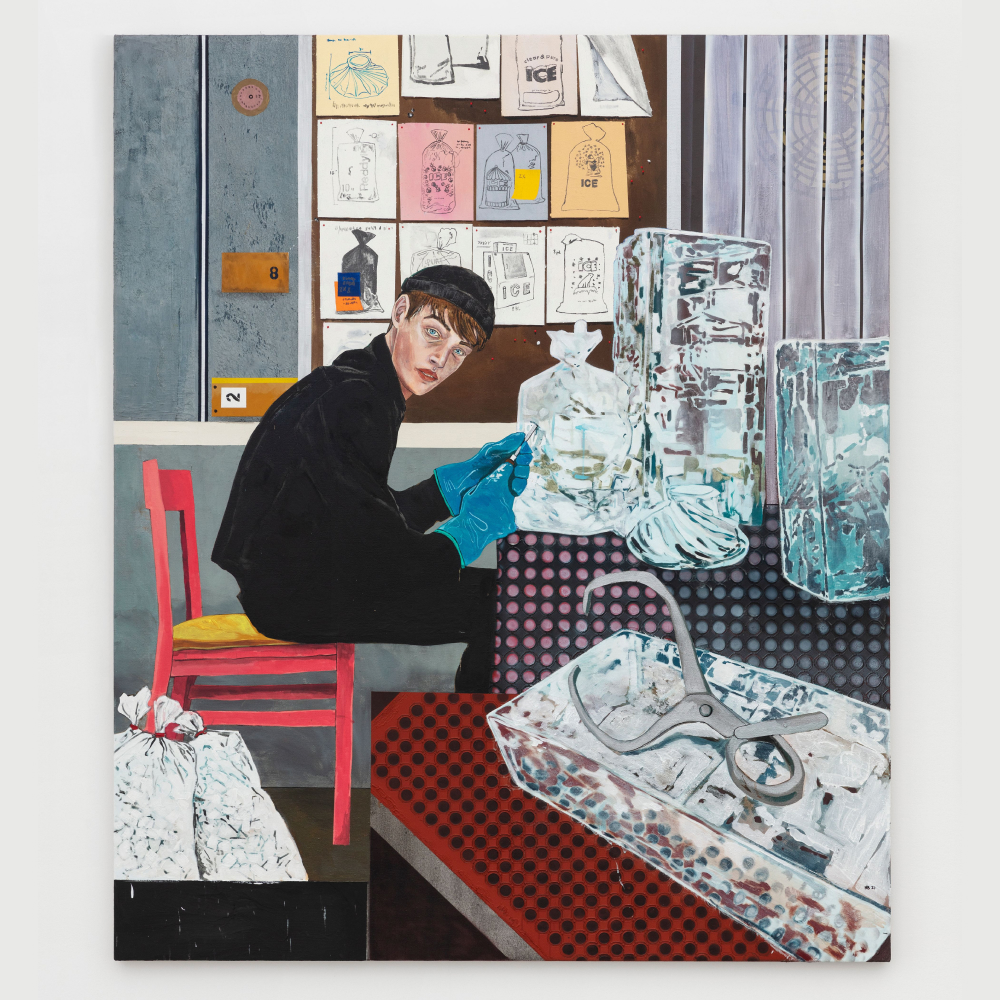March 2, 2025To say that the art and design worlds have transformed over the past few decades would be an understatement. The Internet has made an opaque marketplace far more transparent while providing unprecedented access to pieces at every price point. Not long ago, for instance, it would have been impossible to imagine bypassing a gallery or auction house when buying work by a legendary artist. But earlier this year, the photography of American sculptor John Chamberlain debuted on 1stDibs, offered directly by his estate.

Meanwhile, new trade fairs and more creative approaches to curating exhibitions — presenting design and decor together with fine art — have helped expand the collector base for objects that were once considered merely side dishes to the main courses of painting and sculpture.
Creators are reaping the benefits of this transformation, too. With greater visibility and an expanded marketplace, artists — like Chamberlain — are able to share and sell more experimental bodies of work that were once seen as distractions from their practice rather than essential to their creative output.
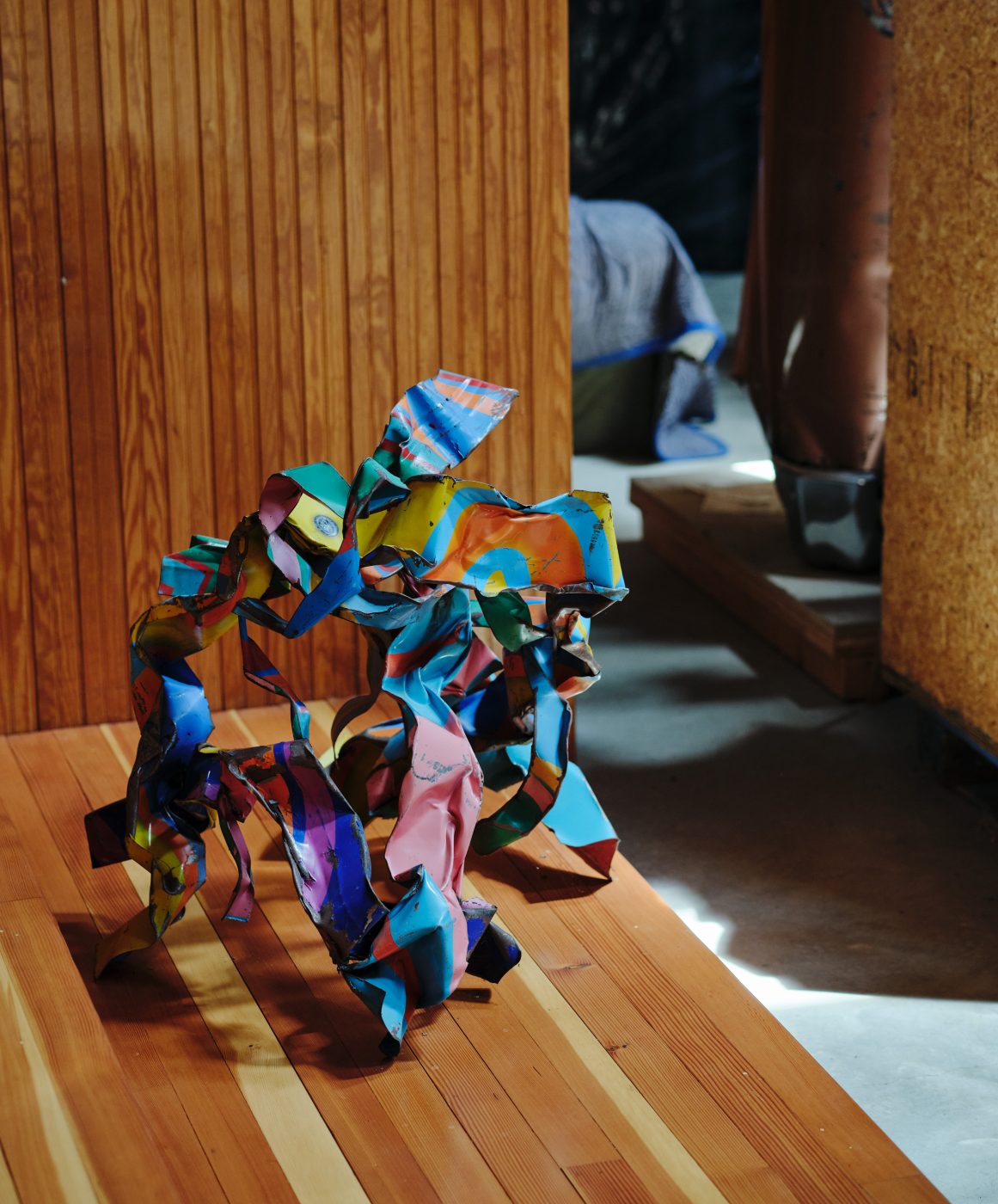

To shed light on these seismic shifts, 1stDibs editorial director Anthony Barzilay Freund met with a panel of experts and tastemakers from different professions across art and design. Included were Alexandra Fairweather, the director of the John Chamberlain Estate and Chamberlain’s stepdaughter; Abby Bangser, the former artistic director of Frieze Fairs and the founder of Object & Thing, an exhibition platform that presents object-based works in selling shows at iconic homes; Erica Samuels, founder of Samuels Creative & Co., an art advisory that works with top private and institutional collectors; and Sarah Story and Robert Stilin, principals of world-renowned interior design firms and serious art collectors in their own right.
An edited version of their chat, which took place at New York design gallery Maison Gerard, appears below.
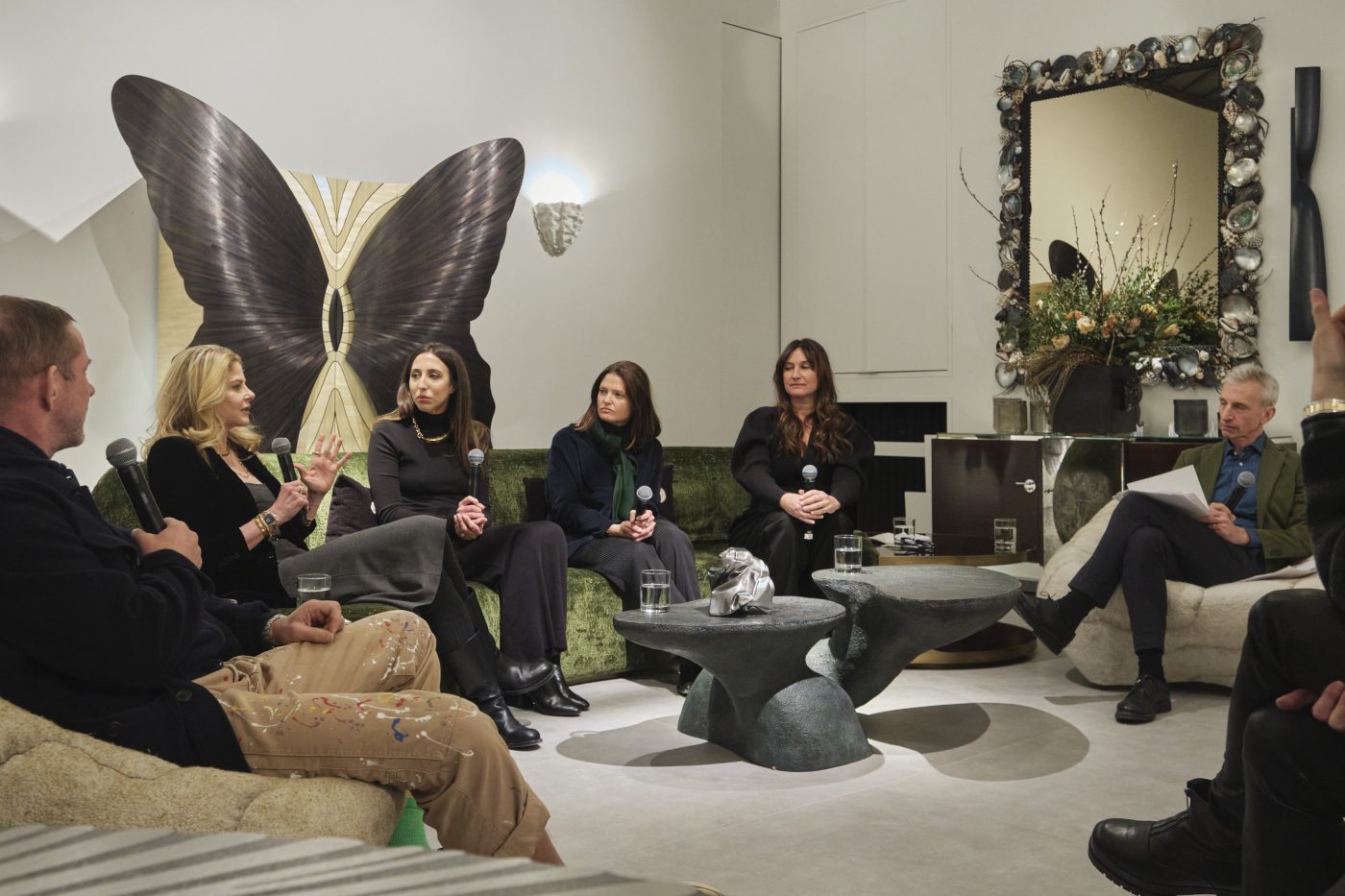
Anthony Barzilay Freund: Hello, all. We’ve gathered here to discuss the ways people consume art today and the transformation of buying habits and ideas about value and worth. We’re looking at the way the Internet has disrupted traditional methods of selling art, democratizing access in ways that galleries find both appealing — the number of art enthusiasts has grown exponentially over the last two decades — and threatening, as the role of dealer as gatekeeper is at risk.
We’re framing this conversation around the late great artist John Chamberlain, a disruptor and rule breaker in his own day who redefined what art can be, whether through his now iconic sculptures made of crushed and painted automobile steel or through his furniture designs, jewelry and tableware or through his photography — a lesser-known body of work that nonetheless displays the same energy and panache as his sculptural pieces. You can read more about that body of work in a story recently published in Introspective.
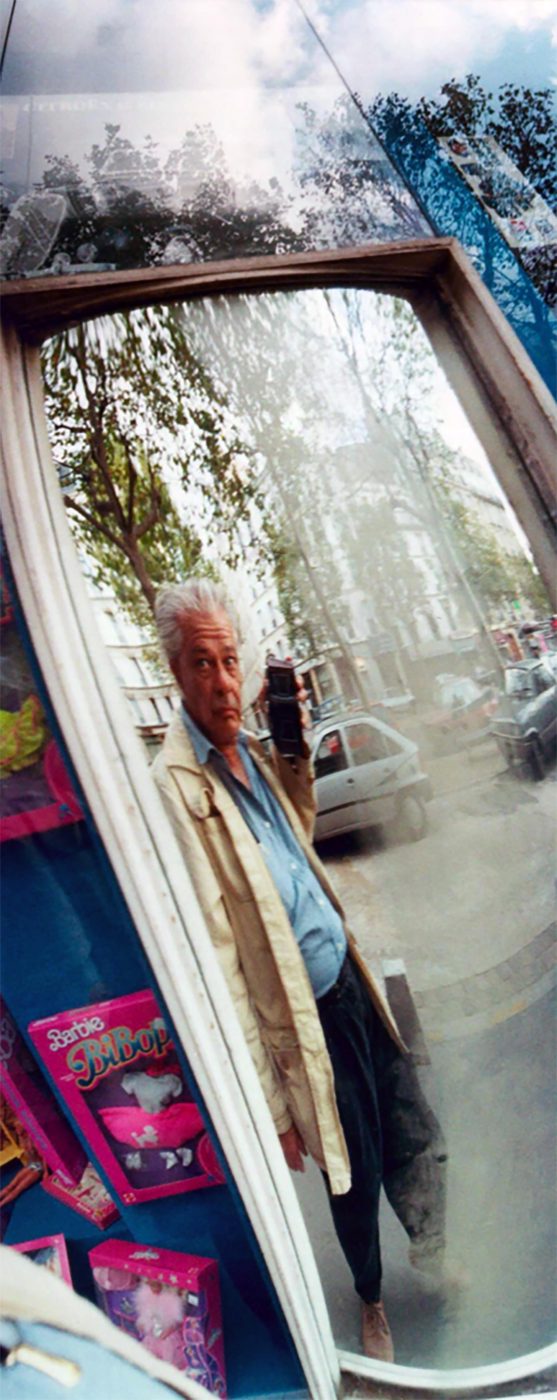
The Chamberlin estate has launched a storefront on 1stDibs and is offering a group of these important photographs through an online exhibition called “Paris Rue.” It’s remarkable that the estate, which has long worked with and continues to work with the bluest of blue-chip galleries, has chosen to offer these works on 1stDibs — a platform that was founded twenty-five years ago to bring the treasures of the Paris flea market to the world.
Over the past quarter century, 1stDibs has expanded to include the finest antiques and vintage and contemporary design pieces offered by the world’s best galleries, including Maison Gerard, our gracious host tonight. We’ve also added successful verticals for jewelry and fashion, as well as art, which I helped launch back in 2011, coming off editing an art-market magazine called Art and Auction.
That was an interesting time, when the art world looked longingly at 1stDibs because we had great traffic composed of highly qualified buyers — but also with a great degree of disdain, I must admit. For instance, one of our first galleries, a star on the then-burgeoning Lower East Side [of Manhattan], called me up frantically after a few weeks to say that one of their hotshot young artists was demanding that we take down the paintings they’d posted to our site. He didn’t want his work to be seen alongside Hermès Birkin bags or have it contextualized as a “luxury item.” I found that comment incredibly ironic, because this gallery was charging twenty thousand dollars a pop for works by artists who had barely just earned their MFAs. So, talk about luxury items.
Fast-forward to 2025 and the art world has changed vastly, as these esteemed panelists know very well.
Let’s start with you, Alexandra. Tell us about John Chamberlain and the photography that’s led us here.
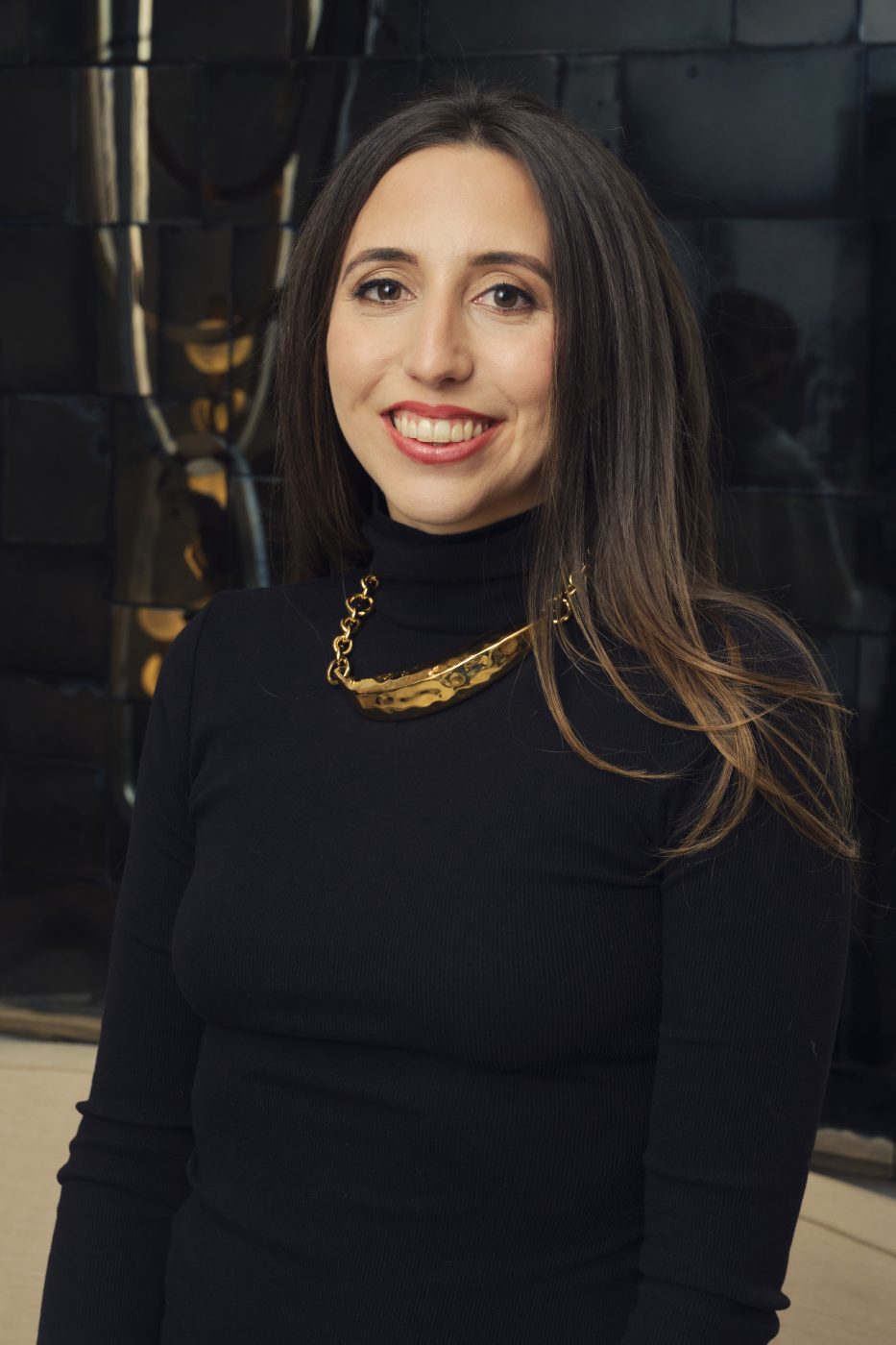
Alexandra Fairweather: Certainly. John Chamberlain, most notably known as a sculptor, was an avid photographer. His friend and fellow artist Larry Bell gifted him a Widelux camera. The lens would move, and he would shoot the camera as if he were a graffiti artist. And that created these very abstract pictures. In the early two thousands, he took these photographs, scanned them and began manipulating them in Photoshop. So, twenty-five years ago, he was already working in digital art. He was always very much ahead of his time.
Freund: So, back when he was first doing this, was he actively trying to sell the work, or was it a personal project?
Fairweather: I don’t think Chamberlain ever really thought about selling his work, whether it was photography or sculpture. He didn’t treat one medium as being more serious than the other. In fact, he thought it was very important that he wasn’t considered a one-medium artist.
Freund: We talk about how the Internet has disrupted the art market, but it’s also changed the way we perceive art. Painting and sculpture were seen as the kings of art, and any of the other pursuits were seen as lesser. And then there were design and craft. Those sorts of delineations have broken down.
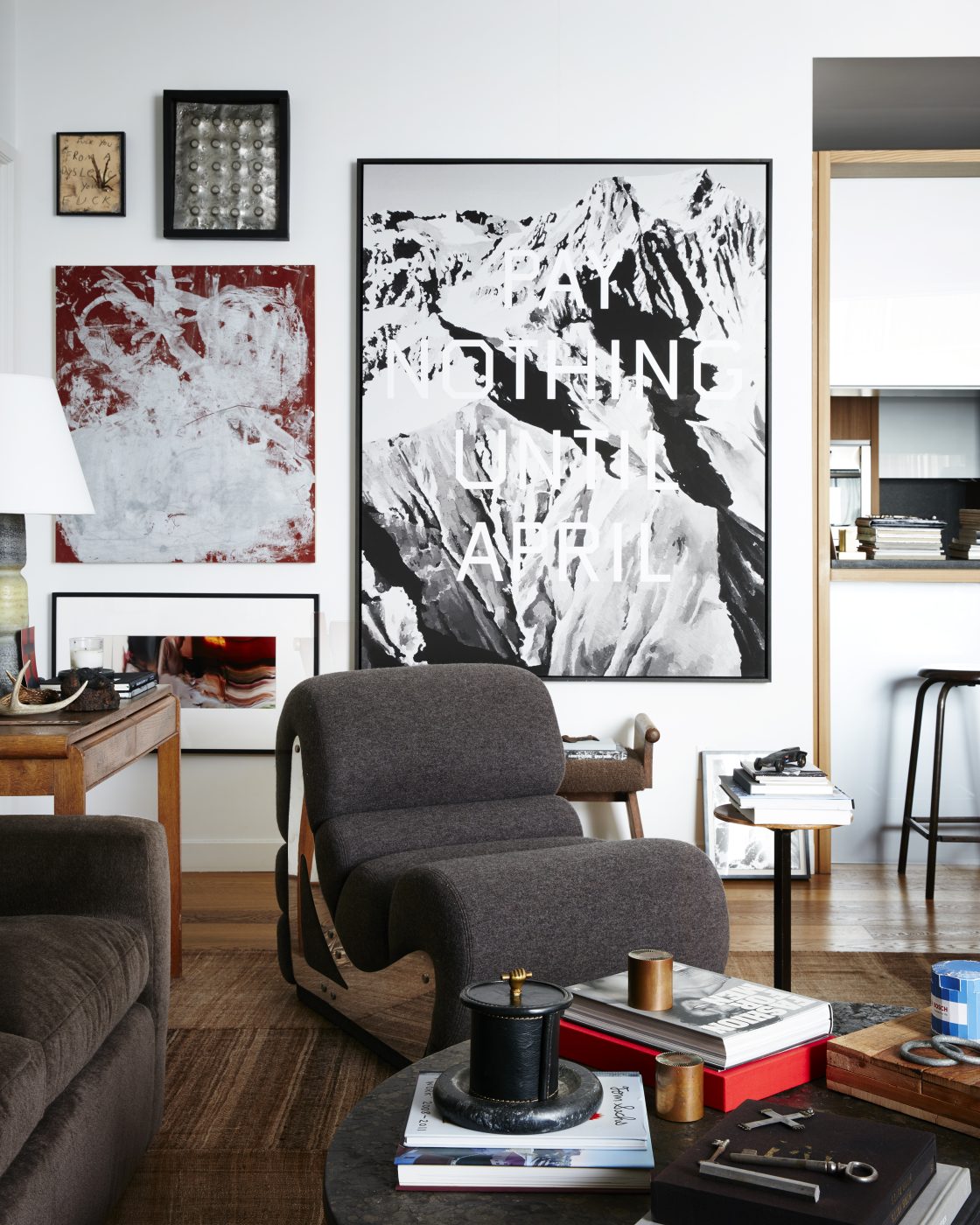

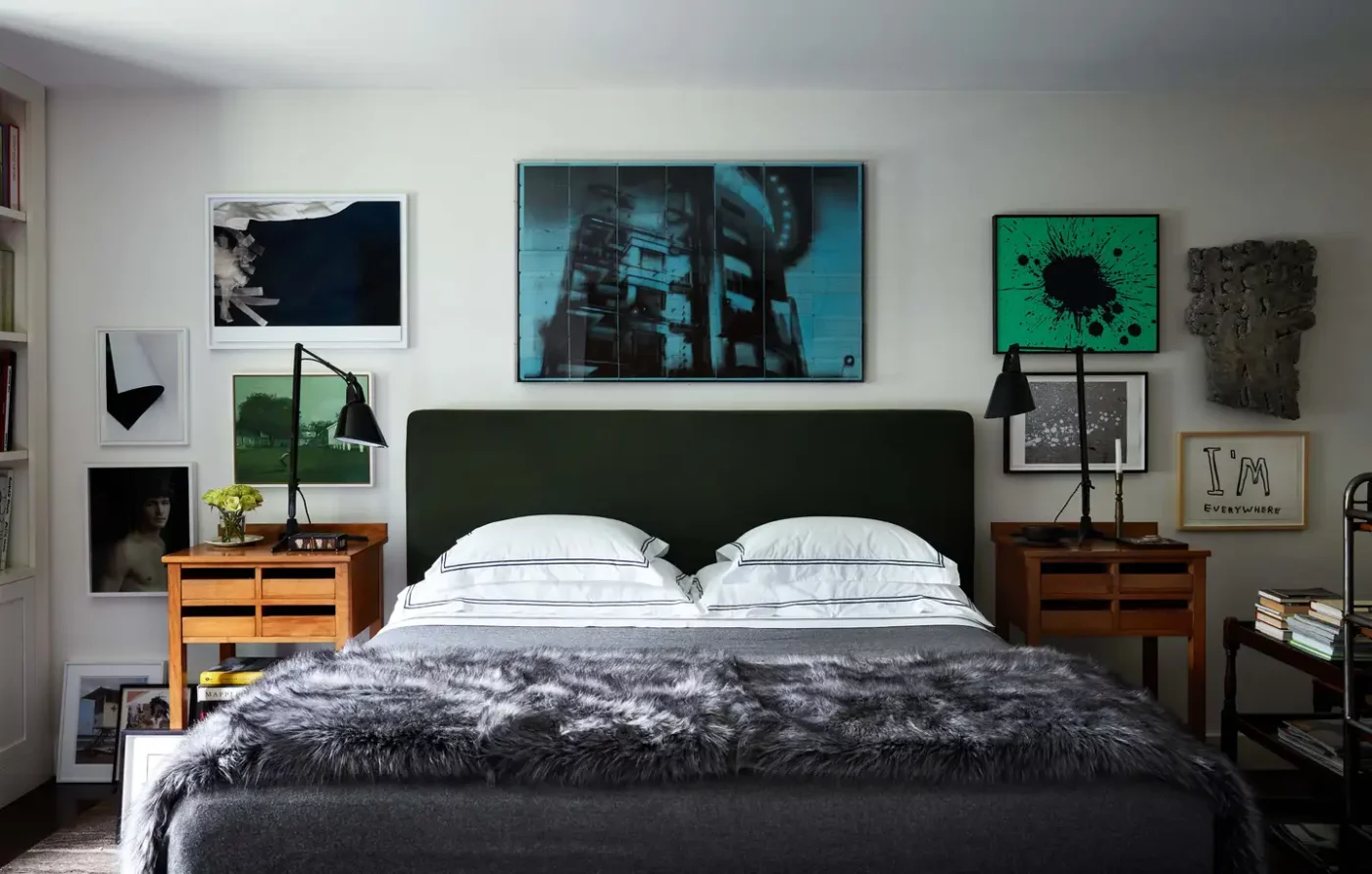
Erica Samuels: I think there has been a real reconfiguration around medium. When I started, I worked at a gallery that represented [photographer] Andreas Gursky. I mean, that was the ultimate. Now we’re seeing ceramics emerging and fabric works emerging. I think the thing about art is that it’s experimental. Chamberlain, by pushing the boundaries, shows that more than almost any other artist. You just can’t keep doing the same thing.
Abby Bangser: This is a fairly new construct, to privilege paintings and anything two dimensional. If we look back to the Renaissance or the seventeenth, eighteenth century, it was objects that had intrinsic value — the tapestries, the gold, the silver.
Samuels: I think artists are asked, more than ever, to do more than one thing. One trick isn’t sustainable for the market, for a career, for the test of time.
Freund: John Chamberlain had so much success doing one thing. Isn’t there the pressure just to continue to produce what the market is asking you to do?
Fairweather: Not for him. He didn’t have financial success for most of his life. He was living in Soho without running water or electricity.
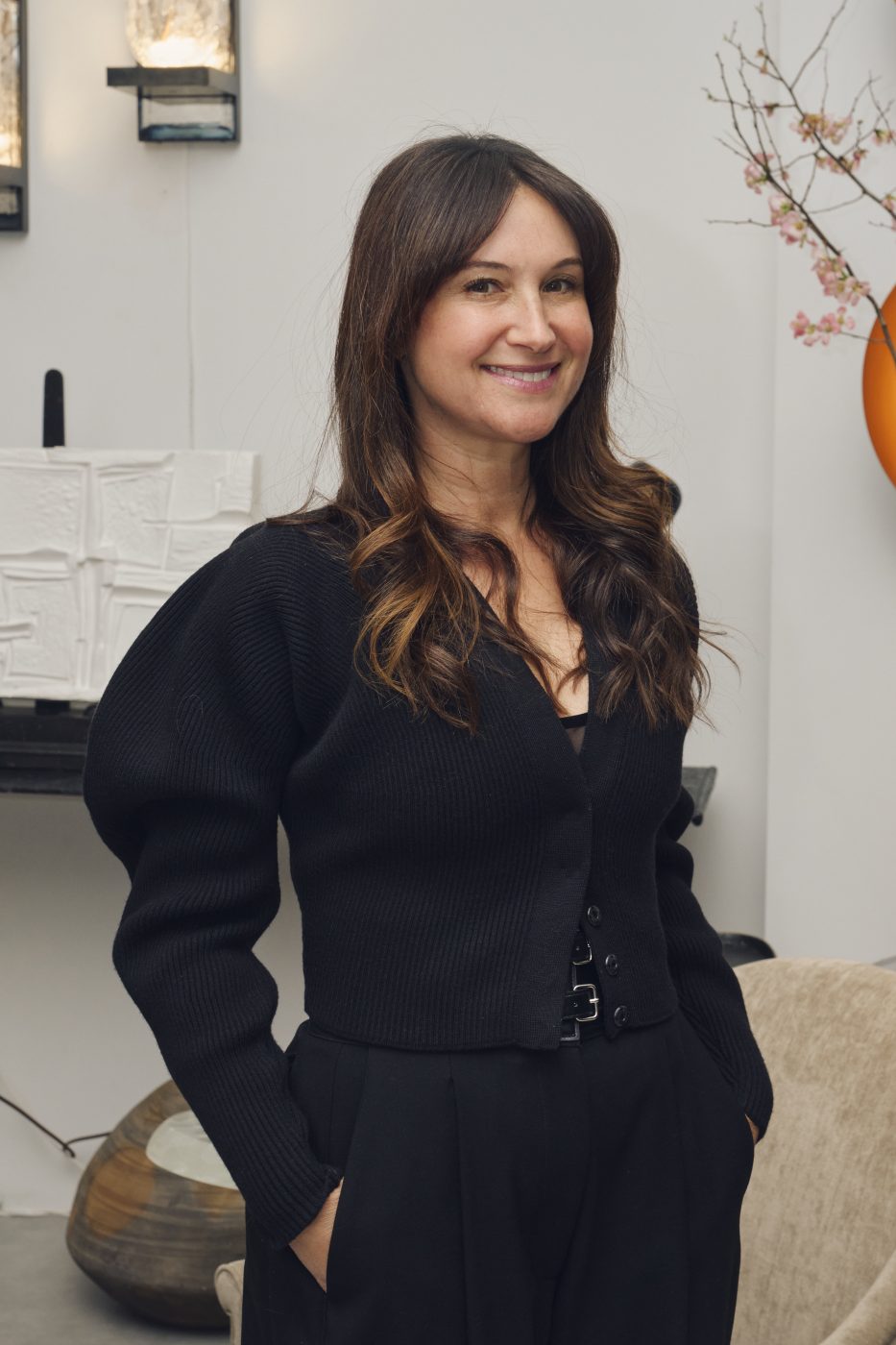
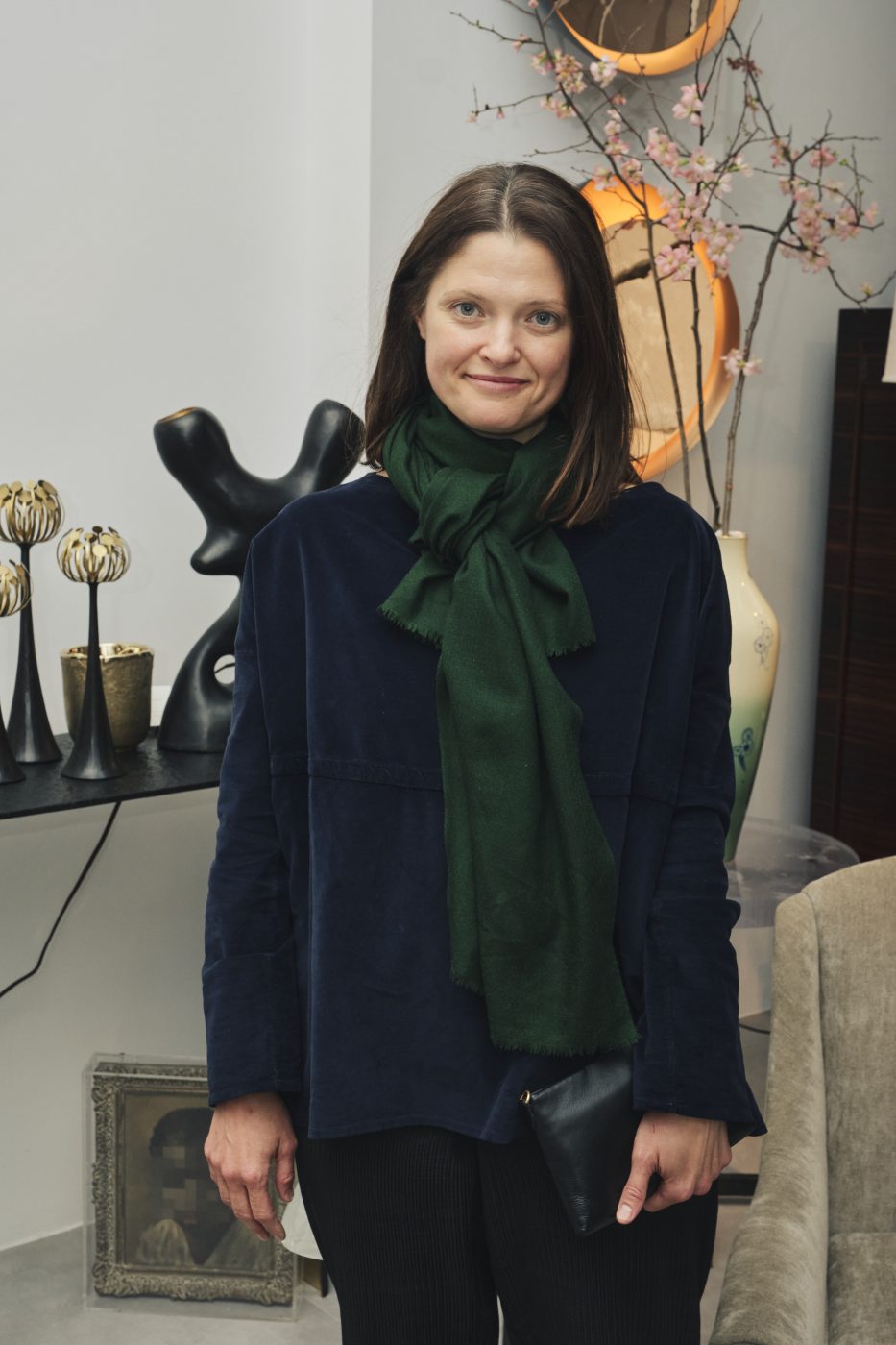
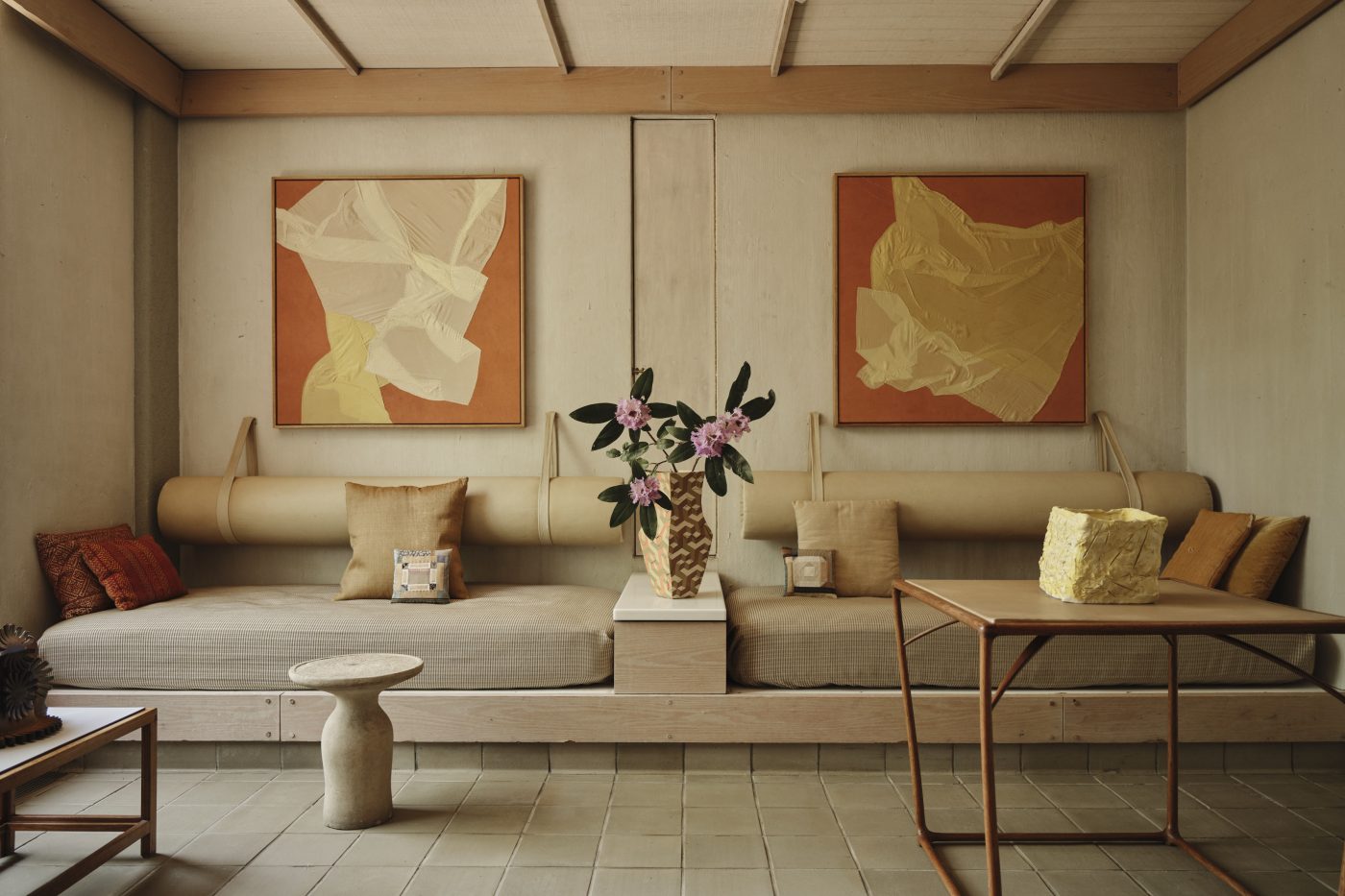
Samuels: I worked with artists early on, and when they could stop their day job, it was a big deal. Most artists were working two or three jobs to make their art. And I think that has changed.
Fairweather: Chamberlain was a hairstylist. He used the G.I. Bill to study hair and makeup, and he supported himself that way for a very long time.
Robert Stilin: I think that it’s changed a lot. There are the savvy young artists who are making careers out of it at very young ages and making money.
Bangser: But when they do find success, how do they carry that on for an entire career?
Stilin: I had a conversation with one of the big dealers in New York a couple years ago. We were talking about a young artist who became successful really fast. And I said, “The paintings were selling for five hundred thousand and six hundred thousand dollars. How come you keep the price at two hundred fifty thousand dollars or two hundred thousand?” And he said, “Well, because if I raise it, every time that artist gets up and looks at the canvas, he thinks he has to make a six-hundred-thousand-dollar painting. It’ll ruin the artist.”
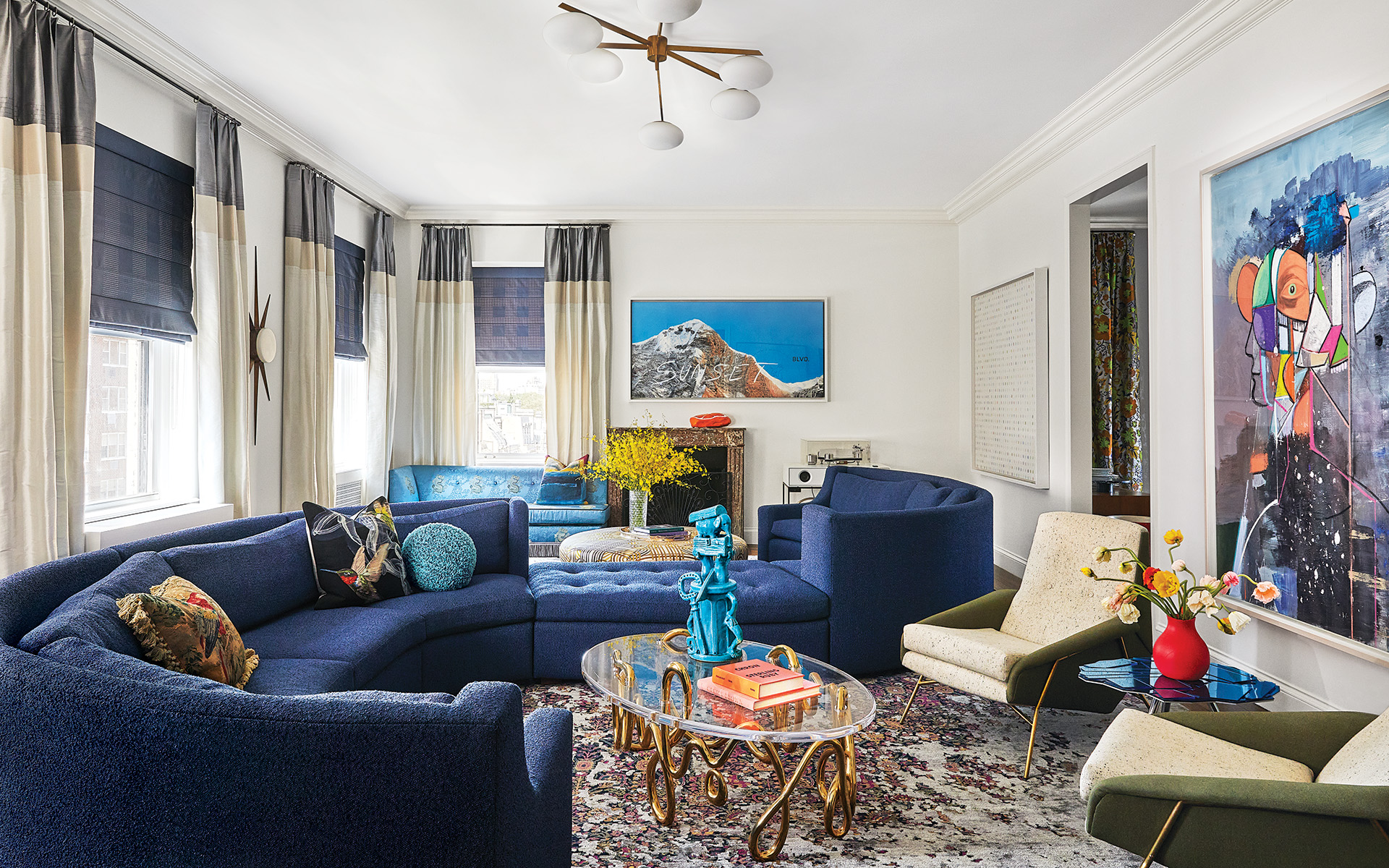
Samuels: I think that brings up the idea of context. There are artists who have refused to do hotel commissions for me because they felt that it wasn’t the right context for them. I don’t know how you guys handle it with dealers, but sometimes you almost have to audition to get a painting.
Stilin: Certain galleries are still very much that way. It’s a lot of investigation and due diligence. Who’s the client? What do they collect? And then a lot of other dealers don’t do that at all.
Freund: Sarah and Robert, talk about your experience as designers — what it used to be like going into a gallery and how they treated you.
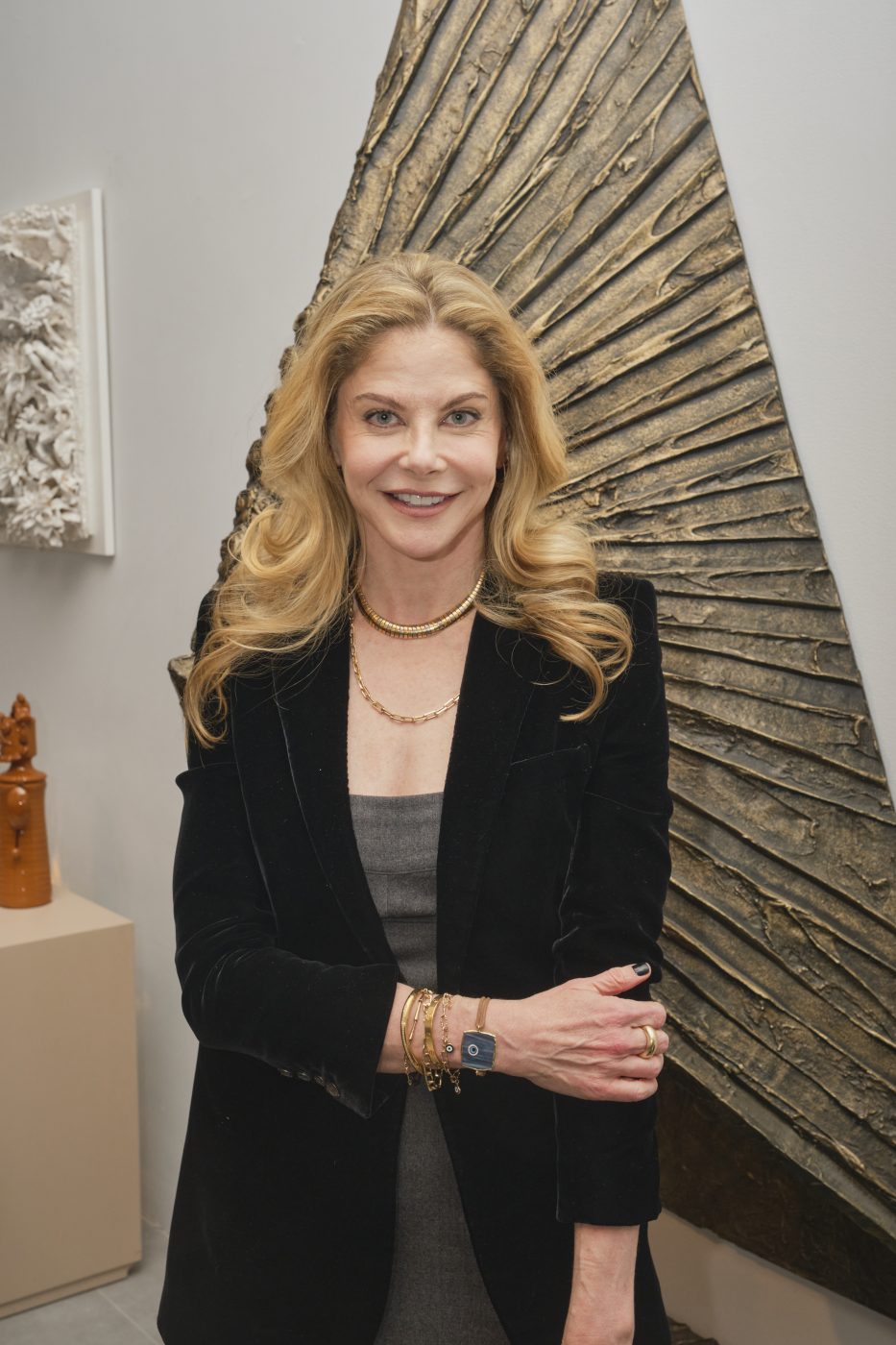
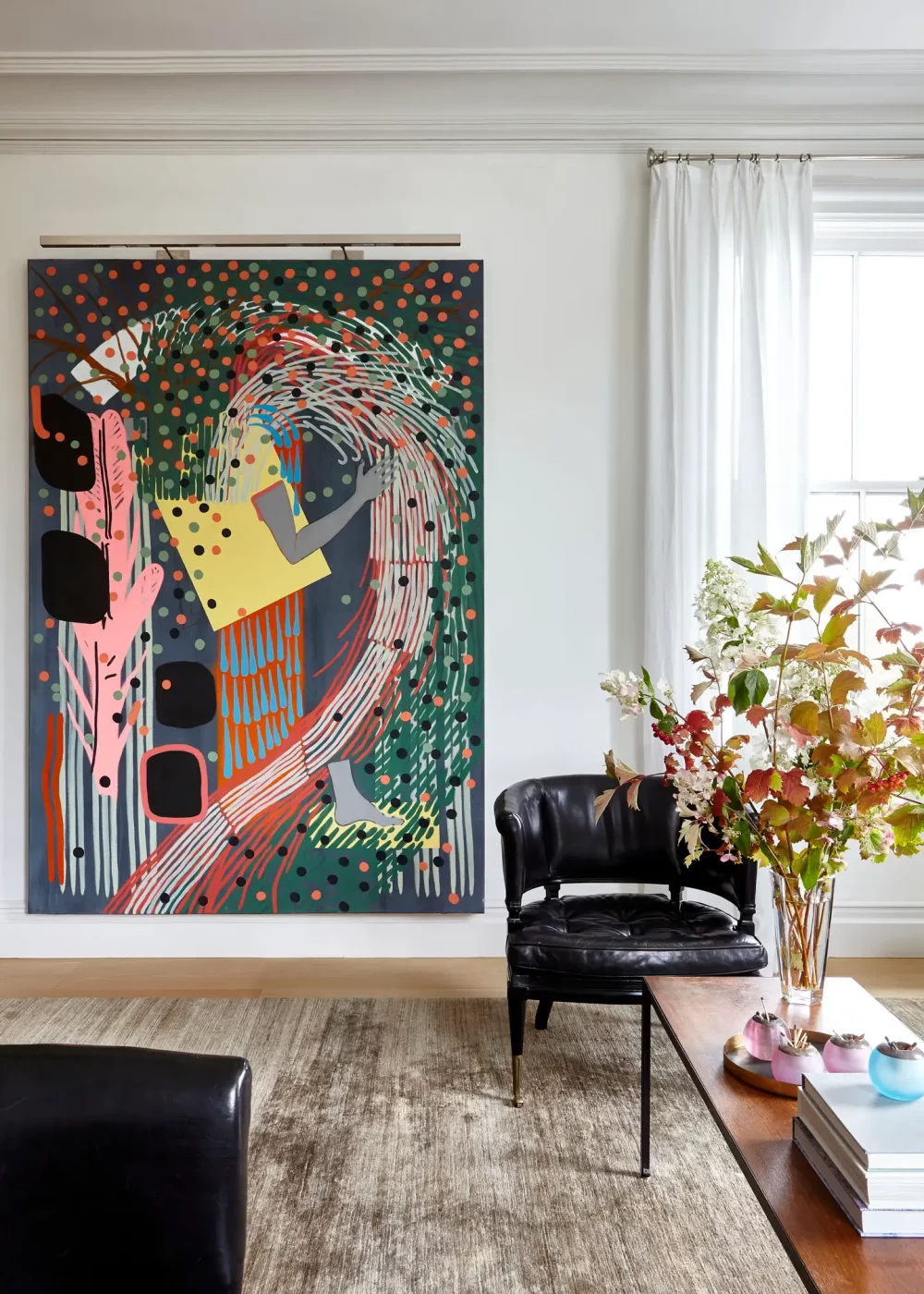
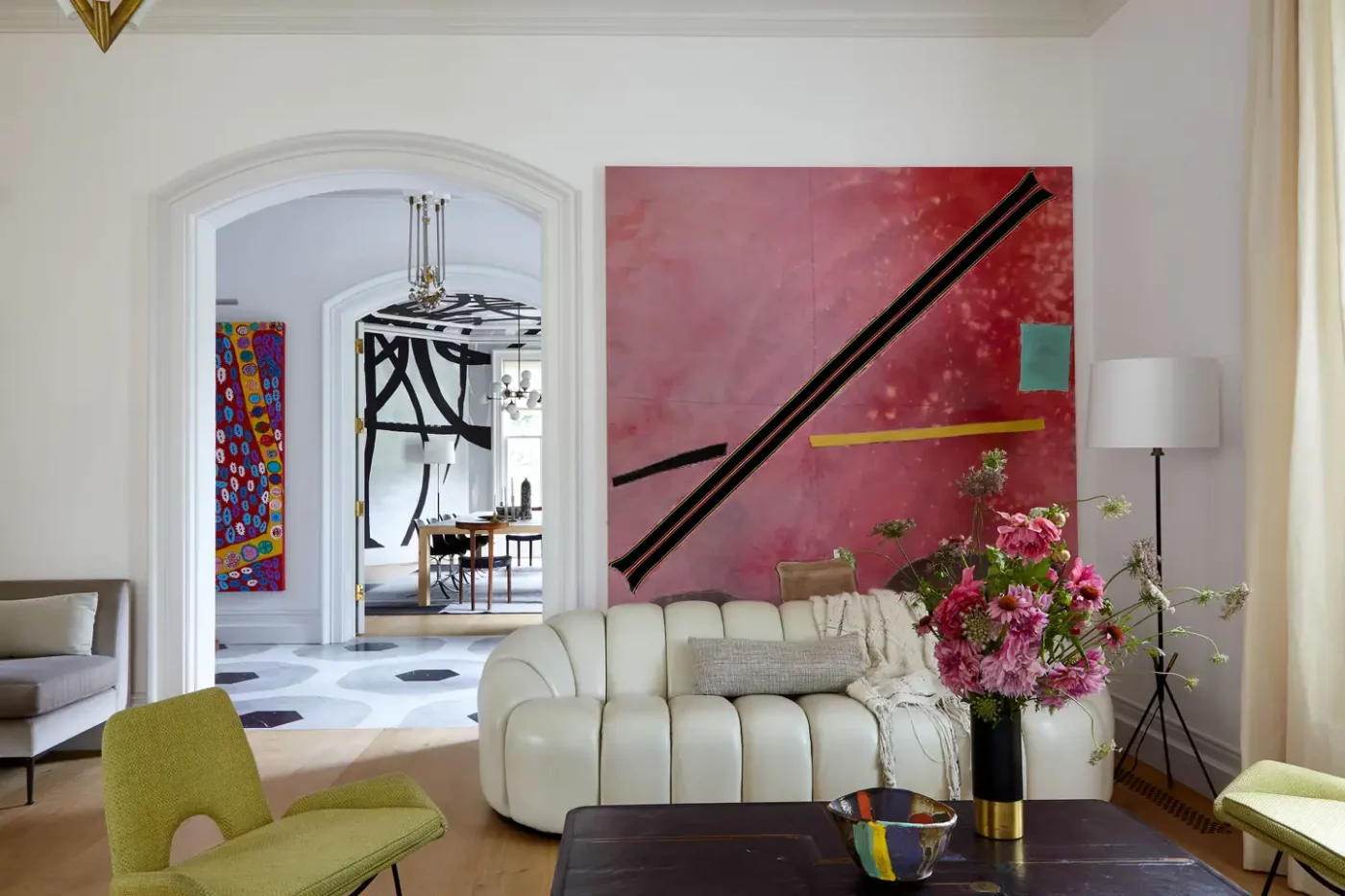
Sara Story: When I moved to New York, walking into a gallery, they would barely look up at you. I do think that 1stDibs, the Internet, the transparency of everything has completely opened the doors of the art world.
Stilin: When I started in the eighties, there was a level of disdain from the art world for designers and interior decorators. It was not a very friendly place. Not everybody, of course, but just overall. And now, they court us.
Story: Design has opened up so much more now, too. It used to be that only very wealthy people would hire interior designers. But now, people are like twenty-five. Their budgets are a lot less, but everything’s just opened up.
Stilin: In the eighties, you couldn’t go to the design centers if you weren’t a designer or an architect. They would not let you in the door. Now, you can walk into a booth at Design Miami or at Art Basel or at Frieze. And that is much easier than walking into a gallery.
Story: Yes, but the fairs still rely on the traditional categories and keeping everything very separate by discipline. There are exceptions, of course. But some of the larger ones still love to keep the design out.

Samuels: I’m curious. How did the galleries that represent the Chamberlain estate handle your decision to be on 1stDibs? Or do they not have a say in that?
Fairweather: They don’t have a say. We’re independent. Chamberlain broke a lot of rules. So I think that, in that spirit, we can redefine how things happen.
But really, what sparked it was, over the summer, I had a collector coming over to the Chamberlain studio, and he just casually mentioned how much he’s been enjoying collecting art on 1stDibs. And I thought a lot about it. You look at the statistics — people are buying online more. I think it’s all evolving, and it’s important to have that open-mindedness. The other component is that the Chamberlain studio is private, so it’s important that we’re able to share it through online worlds.

Freund: Getting back to what we were saying about art and objects, Abby, maybe you could talk a bit about Object and Thing. What’s beautiful about what you do is you will place a decorative object next to an incredible artwork next to a textile piece, all in the context of this incredible, iconic architecture.
Bangser: When I was artistic director of Frieze, it was a very different fair. It was a lot of solo presentations, debuts for artists. I’ve always had a very strong interest in the intersection of art, craft and design. And I would see a few works seep in, maybe there were some Dan McCarthy ceramics or a few Sheila Hicks [textile pieces], but it was rare. And I wondered why these things were separate.
And so, I wanted to create a fair that would allow for looking at objects. Now we often collaborate with house museums, and we bring in contemporary artists. They all love it because it’s not a white cube.
Freund: Robert and Sarah, you create beautiful spaces, but you also know how to integrate art into them. And over the years, you’ve attracted some incredible collectors as clients. Which comes first, the interior design or the art?

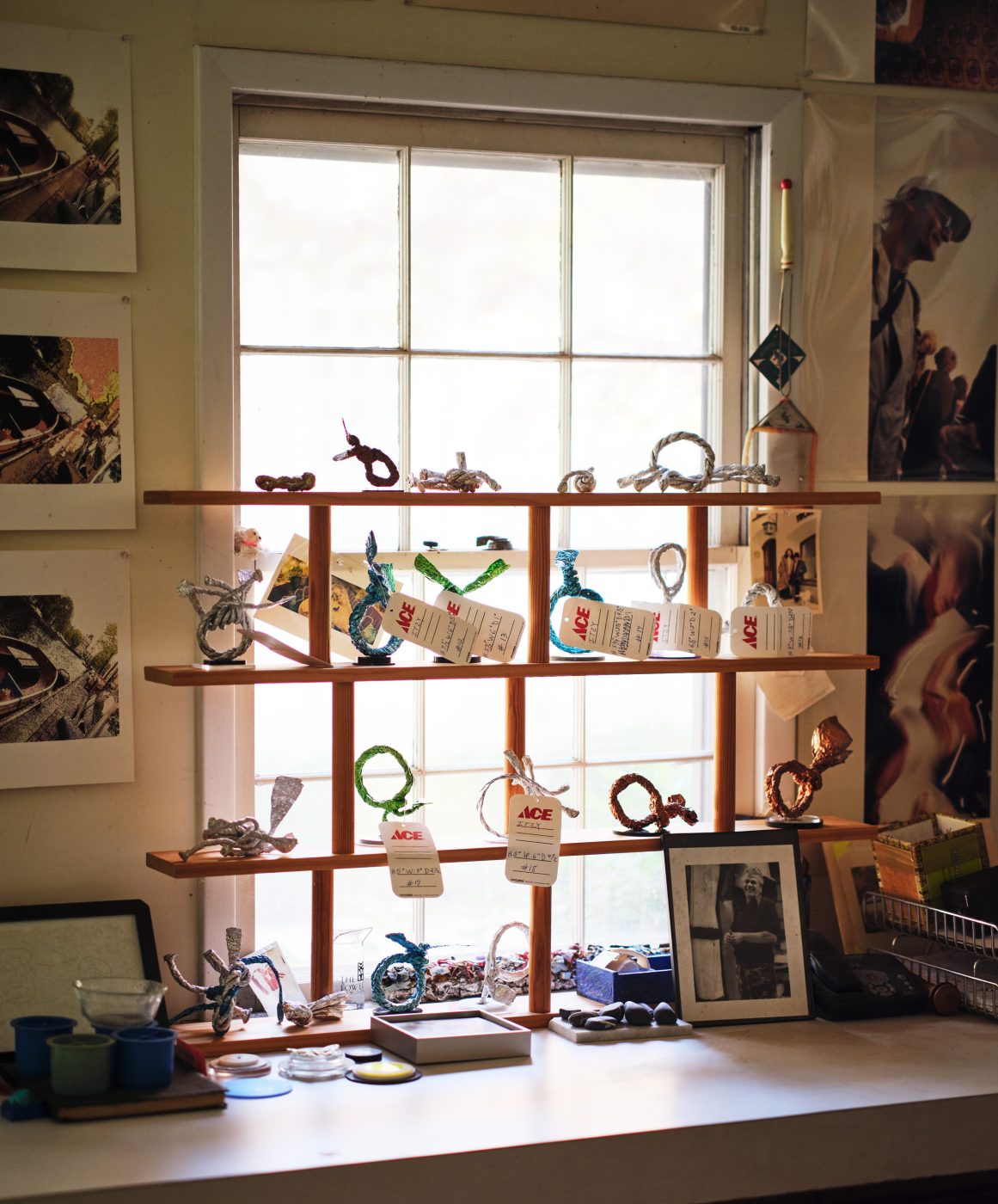
Stilin: When I started in this business, you would design a beautiful interior, and then there would be no budget for art. Now, people who come to us know they need to have an art budget. We didn’t force that to happen — we just set a good example.
Freund: Tell us something about a project that had kick-ass art in it you cannot believe you had the privilege of installing.
Story: I have a client in Los Angeles, Candace Nelson, who started Sprinkles Cupcakes. She focuses on L.A. artists like Sterling Ruby, Jonas Wood, Mark Grotjahn. She really builds a collection. That’s the best way to collect art. You gravitate toward what has meaning to you, and then you figure out where it’s going to go in a space.
Stilin: I agree one hundred percent, but if it’s a really big piece or it’s really expensive, you might do a little check to make sure that it’s going to fit. Most of my clients are not full-on collectors. They don’t want to have excess; they don’t want to have stuff in storage. So they’re not as likely to say, “We like it, we’re buying it, we’ll find a spot.”
Story: A lot of my clients are gravitating toward decorative arts, spending money there. Sometimes, you don’t need any art on your walls in a dining room, for example. Instead, you have an amazing light fixture by an artisan.
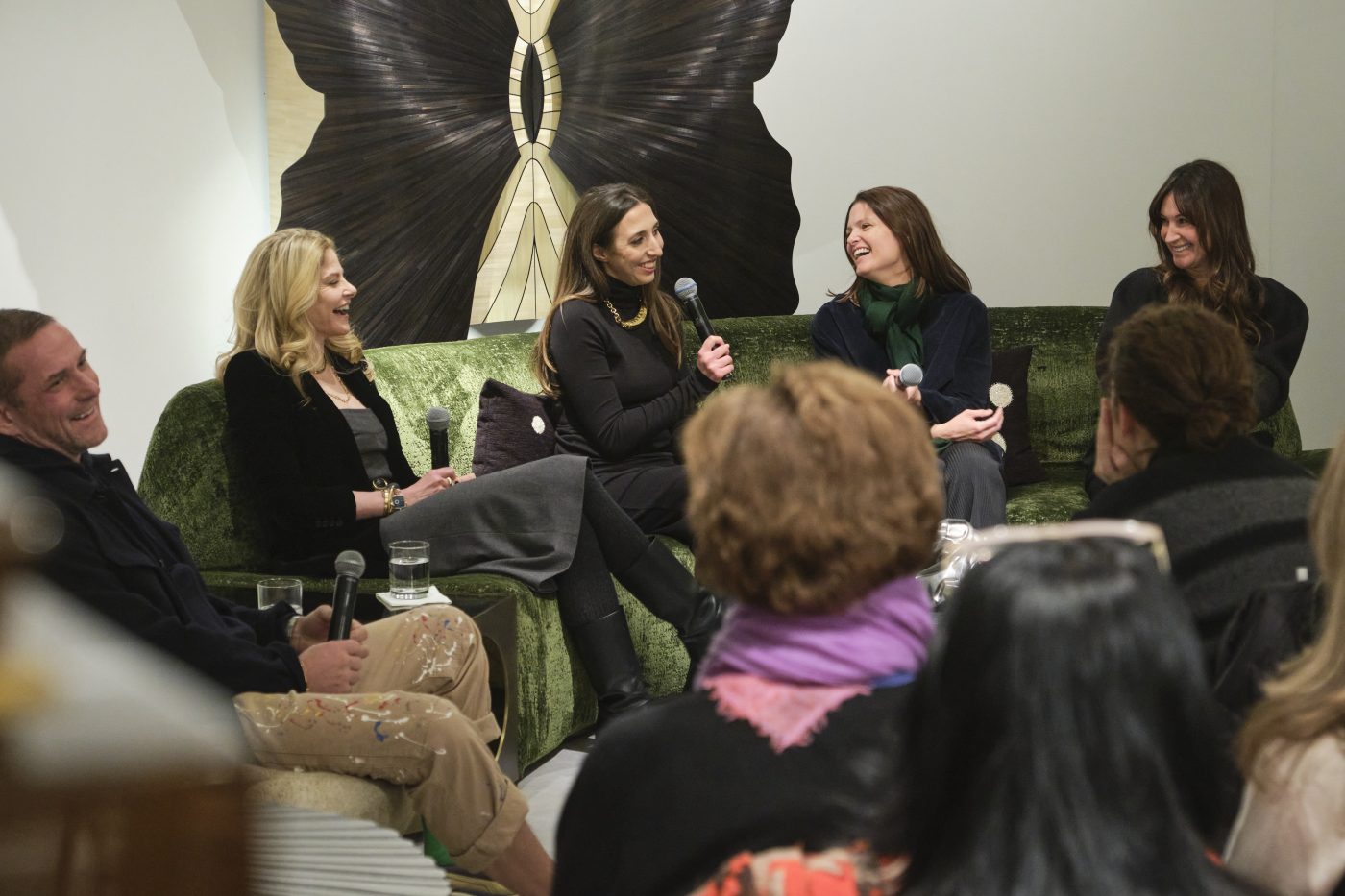
Freund: I want to bring it back to John Chamberlain. What was Chamberlain’s approach to displaying art in his own home or how it was placed in spaces?
Fairweather: It was definitely eclectic. Art and objects, everything that he was doing — whether it was his dinnerware or his foam couches — it all kind of just fit together in a magical way and didn’t seem particularly curated to the outside eye.
Freund: What would he make of the art market today, and how would he feel about being on 1stDibs?
Fairweather: Oh, he’d be so excited. I think that he would say this is a wonderful chance for audiences to see his photography and to start learning about this practice that he really enjoyed and took seriously. For a very long time, there’s been a focus on his sculpture practice. So, I think that he would be thrilled.
